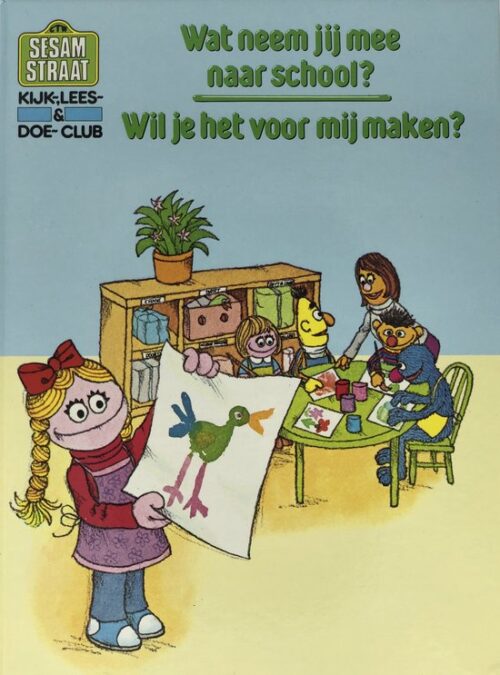Beschrijving
The book opens by laying the theoretical groundwork for ear acupuncture: how the auricle (outer ear) acts as a microsystem reflecting the whole body, the historical development of auriculotherapy, and how ear acupuncture compares to body acupuncture. Kropej emphasizes the importance of knowing ear anatomy, point topography, and the indications and contraindications of treatment. He argues that ear acupuncture offers a particularly accessible, fast-acting modality in certain clinical situations. Next, the text systematically maps the outer ear: the lateral and medial surfaces, specific anatomical zones and landmarks, and how these correlate with reflexive body regions or functions. It details point localisation for analgesia, vegetative regulation, psychotropic influence, addiction treatment and other special indications. The author presents diagnostic clues—such as skin changes, tenderness or altered electrical resistance—that allow a practitioner to select appropriate ear points for therapy. Finally, Kropej offers practical guidance for using ear acupuncture in clinical settings: how to take patient history, choose treatment protocols, combine ear acupuncture with other therapies, and be mindful of therapeutic obstacles and complications. He highlights that while this method can be very effective—especially for acute pain, vegetative disturbances or addiction‐related issues—it is not a panacea and must be integrated into a broader therapeutic strategy. Overall, the book serves as both a handbook for practitioners and a foundational text in the field of auriculotherapy.







Beoordelingen
Er zijn nog geen beoordelingen.